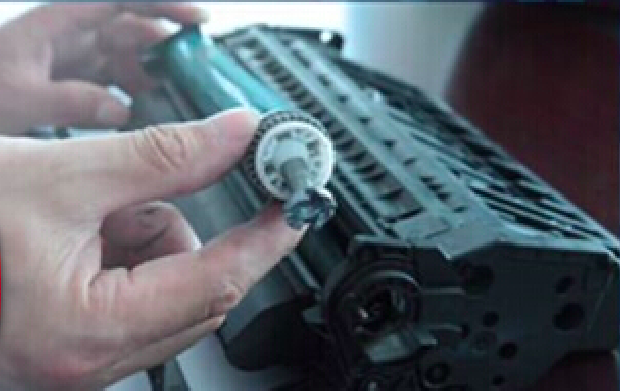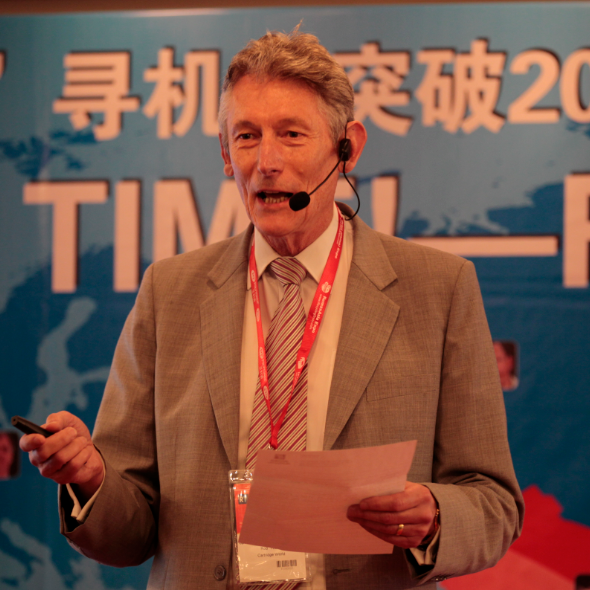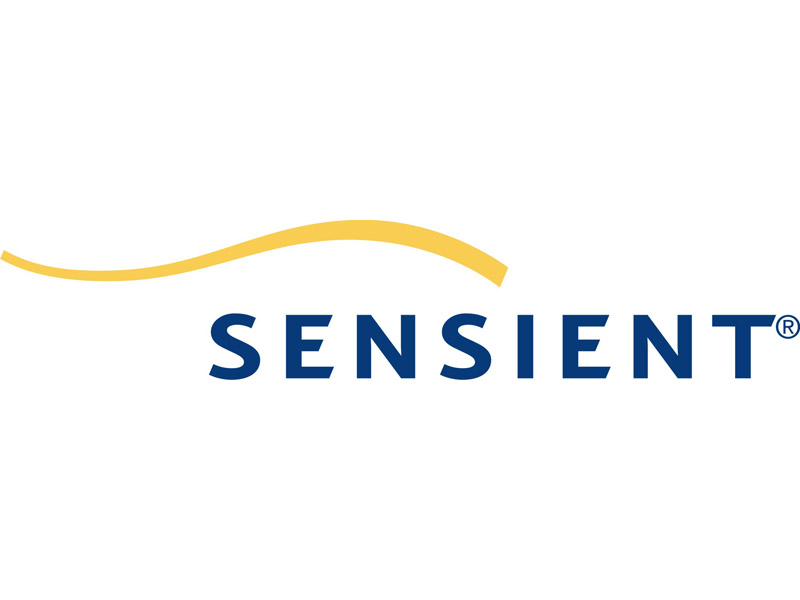Acquisition Continues to Stun the Aftermarket
 While rumors have been rife for many months, the May 8 press release from Apex Microelectronics Co Ltd (Apex) announcing its acquisition of Static Control Components Inc., (Static Control) took the aftermarket by surprise.
While rumors have been rife for many months, the May 8 press release from Apex Microelectronics Co Ltd (Apex) announcing its acquisition of Static Control Components Inc., (Static Control) took the aftermarket by surprise.
Two of the most iconic brands of the imaging supplies aftermarket will join forces to create a stronger cohesive business that will serve the imaging aftermarket well into the future.
Some have told RT Media they are shocked to see such fierce former competitors merge. Others see it is inevitable for such strategic moves to be made in a maturing market. “It is not the first merger or acquisition, and it certainly will not be the last”.
Steve Weedon who held senior management roles with Static Control told RT Media, “Our industry has been consolidating for the past few years. An inevitable result of a maturing industry where market forces are relentlessly, at a state of change”. Weedon, who is an industry consultant with similarly iconic companies in the Americas, Europe and Asia sees it as a very smart move from two smart organizations who in their own right emerged as industry leaders. He says they jointly recognized how much more could be achieved by jointly combining their strengths in the future.
The dynamics in the supplies industry has changed and margins have fallen for the aftermarket parts companies at the same time that research and development costs continue to rise. ROI (Return on Investment) for new technologies and products has been difficult, particularly in the color market segment for toner companies and other color parts vendors. So the industry can expect more mergers and acquisitions as companies realign themselves to position for the future.
Attendees at RT Media’s Summits and Expos have asked if aftermarket parts and supplies companies had lost their appetite for investment. Printer OEMs, like Hewlett-Packard continue to break new technology frontiers, such as their recent release of the JetIntelligence series of printers. The aftermarket has always being playing a “catch up” role to such technology advances. This sector has found the market share for color products remains weak and returns on previous investments have been slow and disappointing.
Apex on the other hand, became a public company, listed on the Shenzhen Stock exchange in 2014. Their acquisition of Static Control has sent a clear message to the industry that it has an even bigger appetite now and is totally committed to the imaging aftermarket’s future. Weedon says it clearly sends a vote of confidence to remanufacturer owners who rely on replacement products to be developed to keep pace with new cartridge opportunities.
Static Control, established by Ed Swartz in 1986 as a manufacturer of ESD antistatic bags, inched their way into the cartridge parts and supplies business, by first supplying bags for the remanufactured cartridges. Soon Static Control was asking what else did this fledgling industry need. Soon Static Control was making other components and parts that rechargers needed. Swartz also realized his customers needed technical support and training. So he set about educating remanufacturers to produce high quality mono and color cartridges. In 2006 Static Control sold its ESD division to 3M and subsequently focused all its efforts on the toner cartridge parts and supplies business, growing globally with wholly owned subsidiaries in Europe and elsewhere and also expanding their dealer network.
Static Control pioneered aftermarket chip technology in 2000 and subsequently become a strong technology based organization with a powerful, globally recognized brand. Static Control was recognized by both OEMs and the aftermarket for its strong IP position. Sadly Swartz passed away in 2013 but his legacy will survive far into the future. According to Weedon, “Ed always said, ‘run towards China and see what it can do for you. Don’t run away and bury your head in the sand’.” Weedon, who was responsible for setting up a number of Chinese vendor relationships for Static Control during his tenure at the company told RT Media Swartz would have been pleased with this acquisition.
Static Control will not be dissolved in this acquisition. Over the next three years, Ed Swartz’s son, Bill, will continue to lead the strong brand as it continues to provide quality, non-infringing solutions for the aftermarket.
Apex was established in 2000 in Zhuhai, Guangdong, China. Its focus was on chip development and manufacturing. The company led and pioneered aftermarket chip technologies and today holds more than 200 chip technology patents. Almost always first to market with chips that the aftermarket needed, the company has grown a huge catalogue range of inkjet, laser and copier chips, a patented chip reset technology and a range of consumable supplies.
The latest cutting edge in chip development is System-on-chip (SOC) technology that allows more devices to be located on the silicon wafer for greater functionality but also allows for less power usage. Pioneering its own patented SOC chip technology has been critical in order to keep pace with ever changing chips designs from the OEM’s.
In recent times OEM’s have become litigious in defending their patented technologies providing challenges for all chip developers. Patent infringement in chips is usually not as obvious as other cartridge components which can be spotted by the naked eye in seconds. Those who design and patent new chip technologies have to expect challenges from OEM patent holders and a long 6 or 7 month detailed engineering investigation is necessary to conclude if an infringement occurs or not. HP, who sued Apex in October 2014 for alleged patent infringement on their HP inkjet replacement chips, has finally and voluntarily dismissed the case in just the last few days.
New business models and companies like Apex and Static Control need to adapt are needed if the global imaging aftermarket is to survive. Clearly the management at Apex and Static Control have taken bold business decisions not only to survive, but to remain as industry leaders well into the future.
No doubt we will see further acquisition activity in the future from other companies and a new landscape for the industry will take shape.





Leave a Comment
Want to join the discussion?Feel free to contribute!